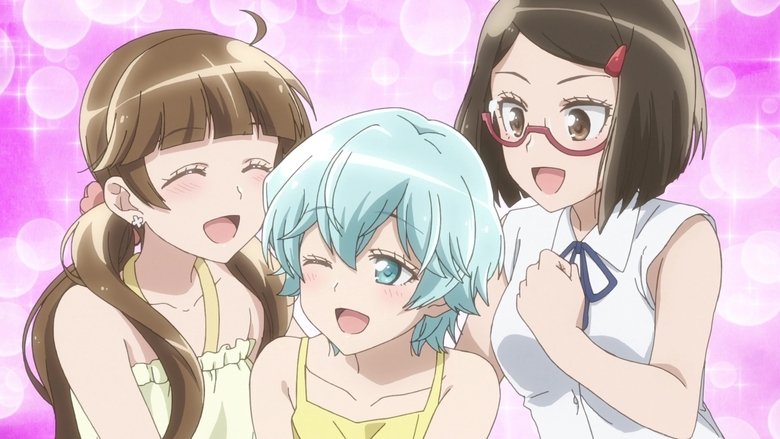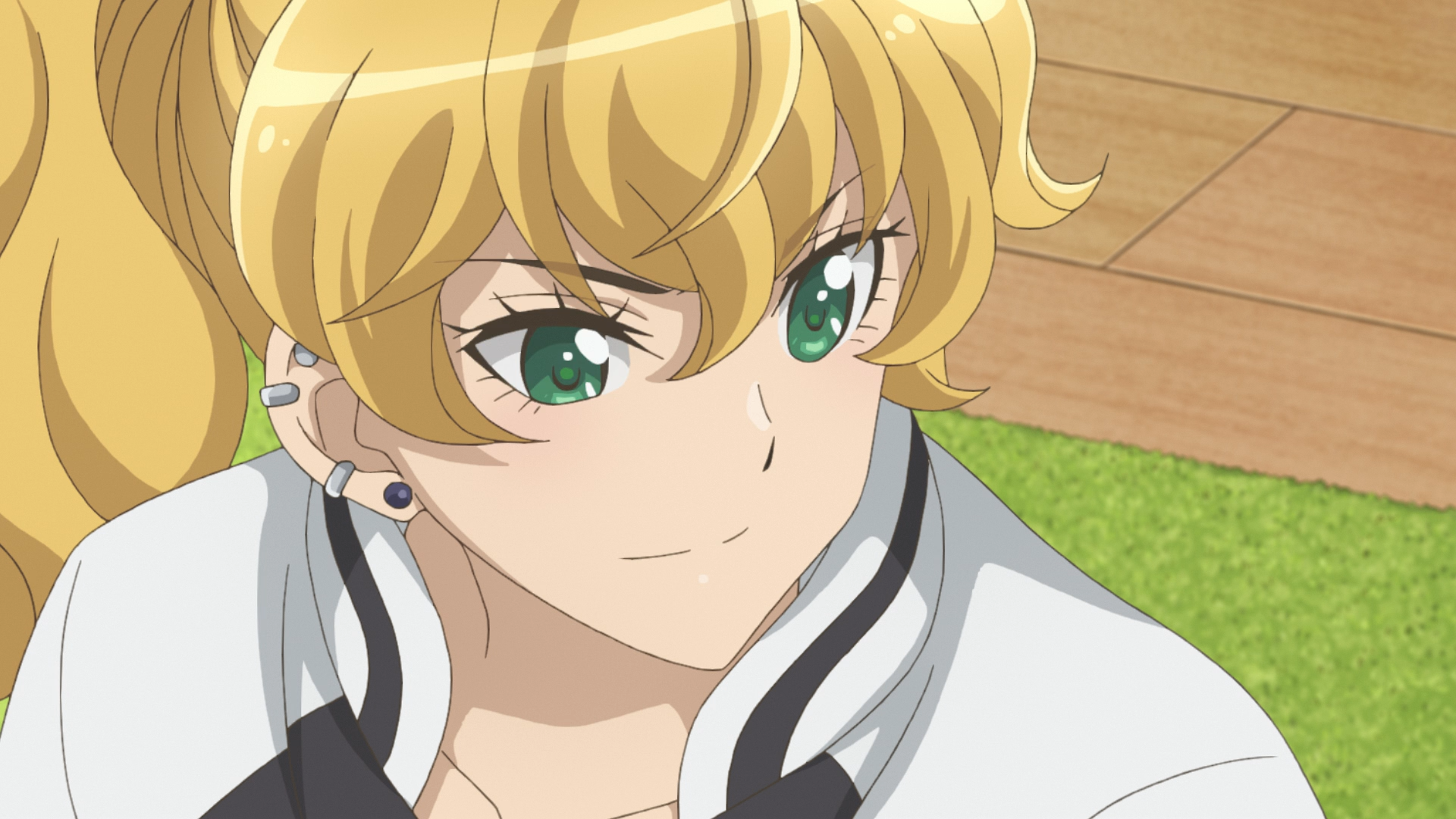

There is one catch, though: few of the games played are readily available in America at this time.
#Afterschool dice club 1 dub series#
While not nearly as in-depth as YouTube series like Watch it Played or Wil Wheaton’s Tabletop, you can easily get a feel for how each game is played. From traditional Japanese games like goita and monjiro word dice to European classics like Blokus and 6 nimmt!, a wide gamut of games are covered. But if you’re looking for new games, ample time is spent explaining the basic rules of every game they play. The plot can be a little thin at times, so those looking for deep character studies can go elsewhere. After School Dice Club is a fun, breezy slice-of-life series about how games are a great way to get past differences and connect with others. Eventually, the gang adds a fourth member, Emilia, a German girl who shares Midori’s dream of becoming a game designer. Midori, the representative of Aya and Miki’s class, is infuriated that the other two girls are out past curfew, but after Takeru calms her down, they all end up enjoying a round of Marrakech, one of Midori’s favorite games.Īfter this session, the three girls are bonded through board games, spending the rest of the series sharing other games with friends and family. Takeru, the imposing shopkeep, warmly invites them to stick around and try out a game, only to find resistance from his part-time help.

The two eventually stumble upon Saikoro Club, a small shop in Kyoto’s entertainment district that specializes in Eurogames. Aya barely avoids running Miki over with her bike, and after apologizing, convinces Miki to wander around town on an adventure. But her isolation is shattered thanks to Aya, a classmate of Miki’s who just moved to town.

She admits to herself that she “doesn’t like what most people like,” content to throw on headphones and ignore the outside world. Our story revolves around Miki, a loner girl in Kyoto who doesn’t seem interested at all in connecting with other people. Japan already had its own legendary game culture, featuring classics like hanafuda, go and shogi, but while many people switched to video gaming, others have embraced the Eurogame movement, including the lead characters of Funimation’s recent release, After School Dice Club. Shocking nobody, the Eurogames movement made its way to Japan, inspiring creators there to design new games of their own, such as Seiji Kanai’s modern classic, Love Letter.
#Afterschool dice club 1 dub how to#
(You can even jump over to our YouTube page and watch me teach some of my coworkers how to play!) I myself worked at a game shop for over a decade before coming to Right Stuf, so I love to share my favorite titles with my friends. Shops specializing in this new style of game flourished around the world. For many, myself included, Catan was the gateway to a wide world of Eurogames, which only grew after the economic downturn of 2008 got folks to play games at home instead of spending money out on the town. The game that really tipped the scales was Klaus Teuber’s The Settlers of Catan, a fun trading game about colonizing a hexagon-based island. “Eurogames” had abstract ideas, eye-catching art and depths of strategy. Starting in the ‘90’s, a movement for new games started picking up steam in Europe, particularly in Germany. It’s not a very good game, if you think about it, but I digress. You could just pop into your local big box store, pick up an Uno deck or a copy of Monopoly or Sorry, and have a great time. In the 20th century, the most popular games were pretty easy to find. We’ve had games around for a long time, of course, but within the past 20 years or so, the genre has been expanding at an exponential rate.

You may not have realized it, but the world is in the midst of a board gaming renaissance.


 0 kommentar(er)
0 kommentar(er)
